



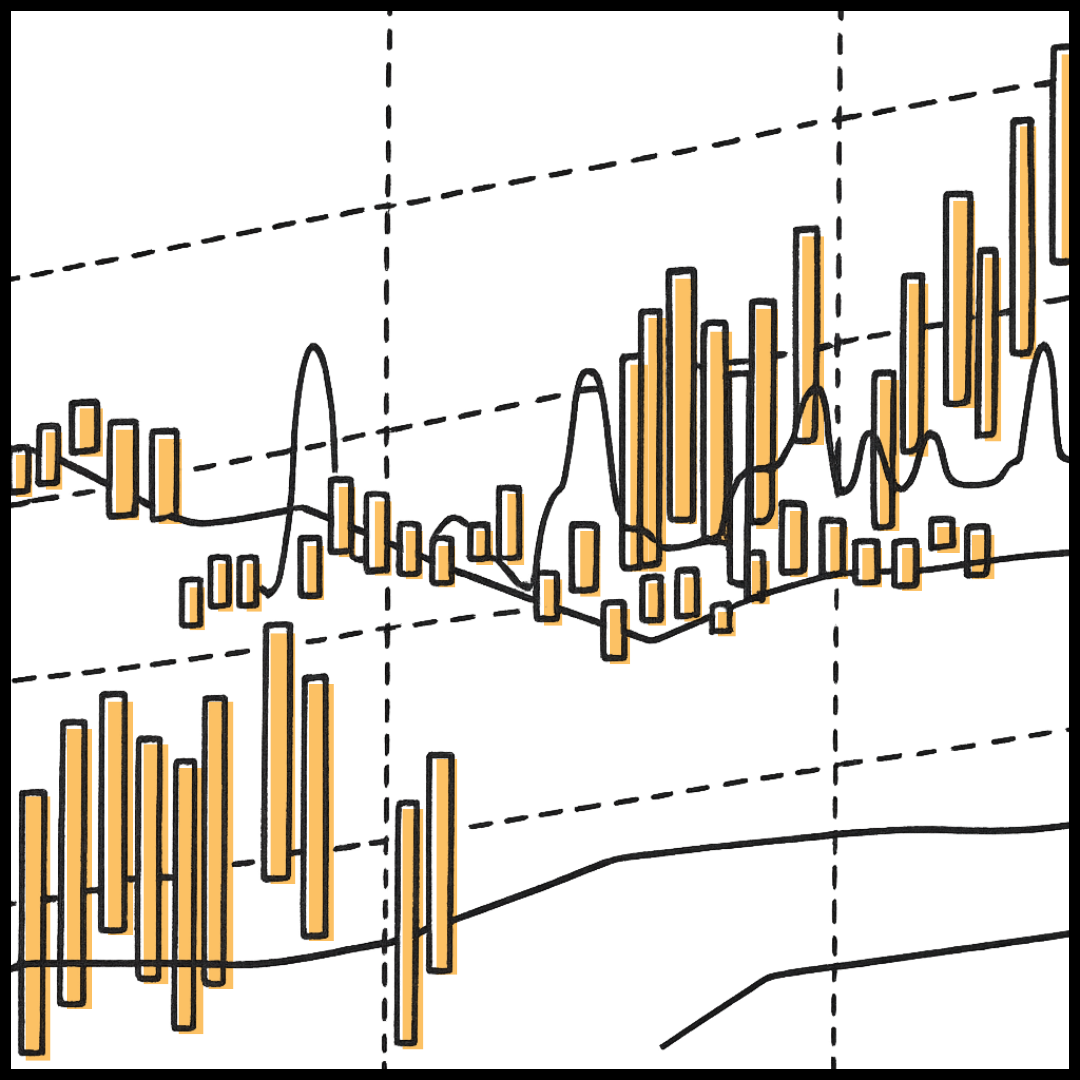
Welcome to the exciting world of crypto derivatives! Now, we know what you’re thinking, “Derivatives? Sounds like a high school math nightmare!” Don’t worry, this is way more interesting than algebra class.
Let’s break it down. Derivatives aren’t just for financial pros in suits. They’re powerful tools that crypto traders, degens, and even curious learners like you can use to manage risk or amplify gains.
.png)
A derivative is a financial contract whose value is derived from another asset—called the underlying asset. This could be anything from stocks, bonds, gold, and oil, to interest rates or cryptocurrencies!
Think of it like this: imagine you’re guessing the future price of a rare Pokémon card. You say, “If this Charizard’s price goes up next month, pay me the difference.” You don’t actually buy the card, you’re just speculating on its price. That’s a derivative in action.
So why trade a financial contract instead of just buying the asset itself? Because derivatives allow you to do three major things:
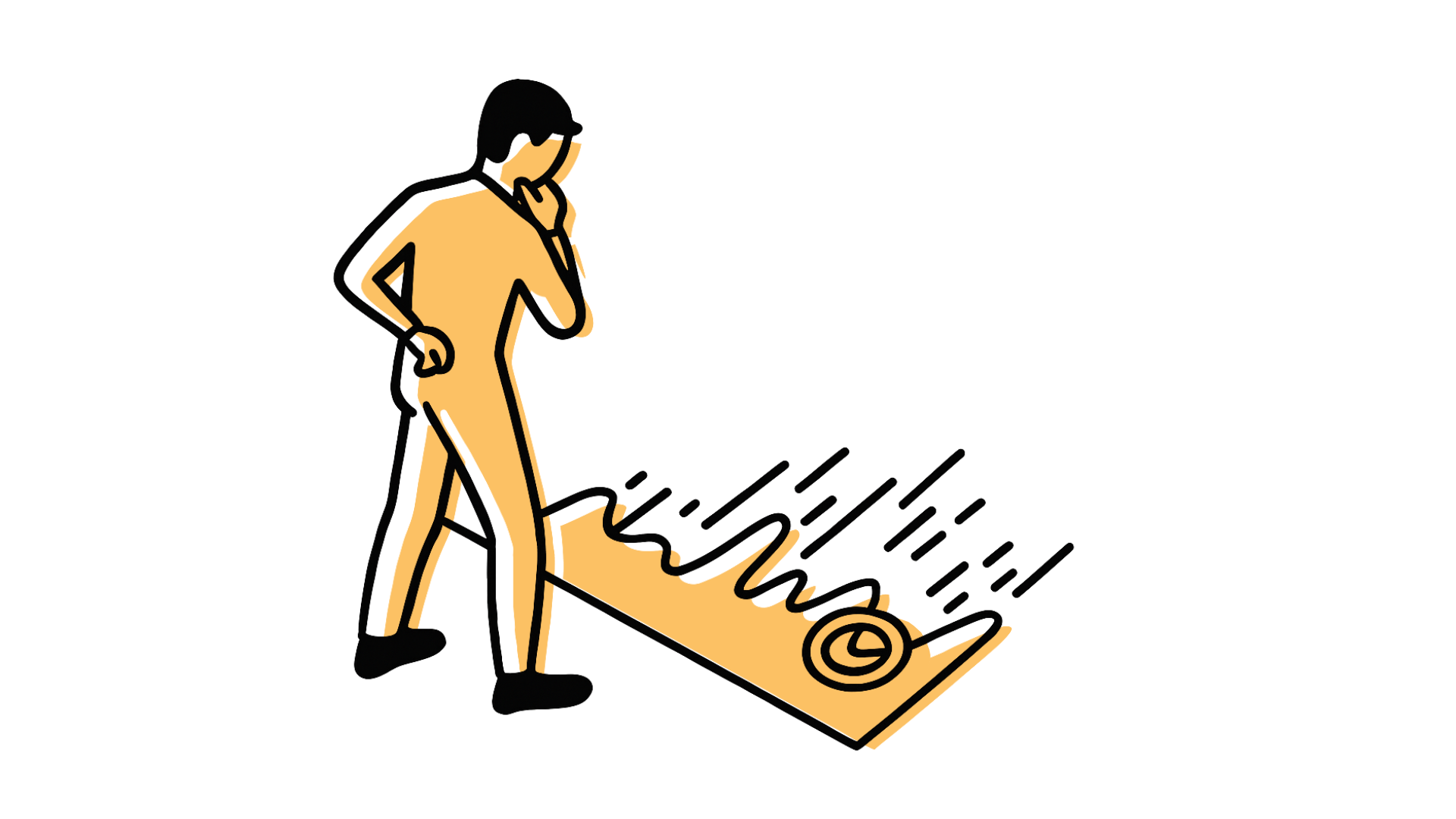
Derivatives let you speculate on the price movement of an asset without having to own it. If you believe a stock like Apple will rise next month, you can use a derivative to potentially profit from that price increase without actually buying the stock itself.
For example, you expect Tesla’s stock to rise from $180 to $200. Instead of buying a share at $180, you enter a derivative contract that increases in value as Tesla’s price goes up. If Tesla hits $200, your contract becomes more valuable, and you can sell it for a profit.
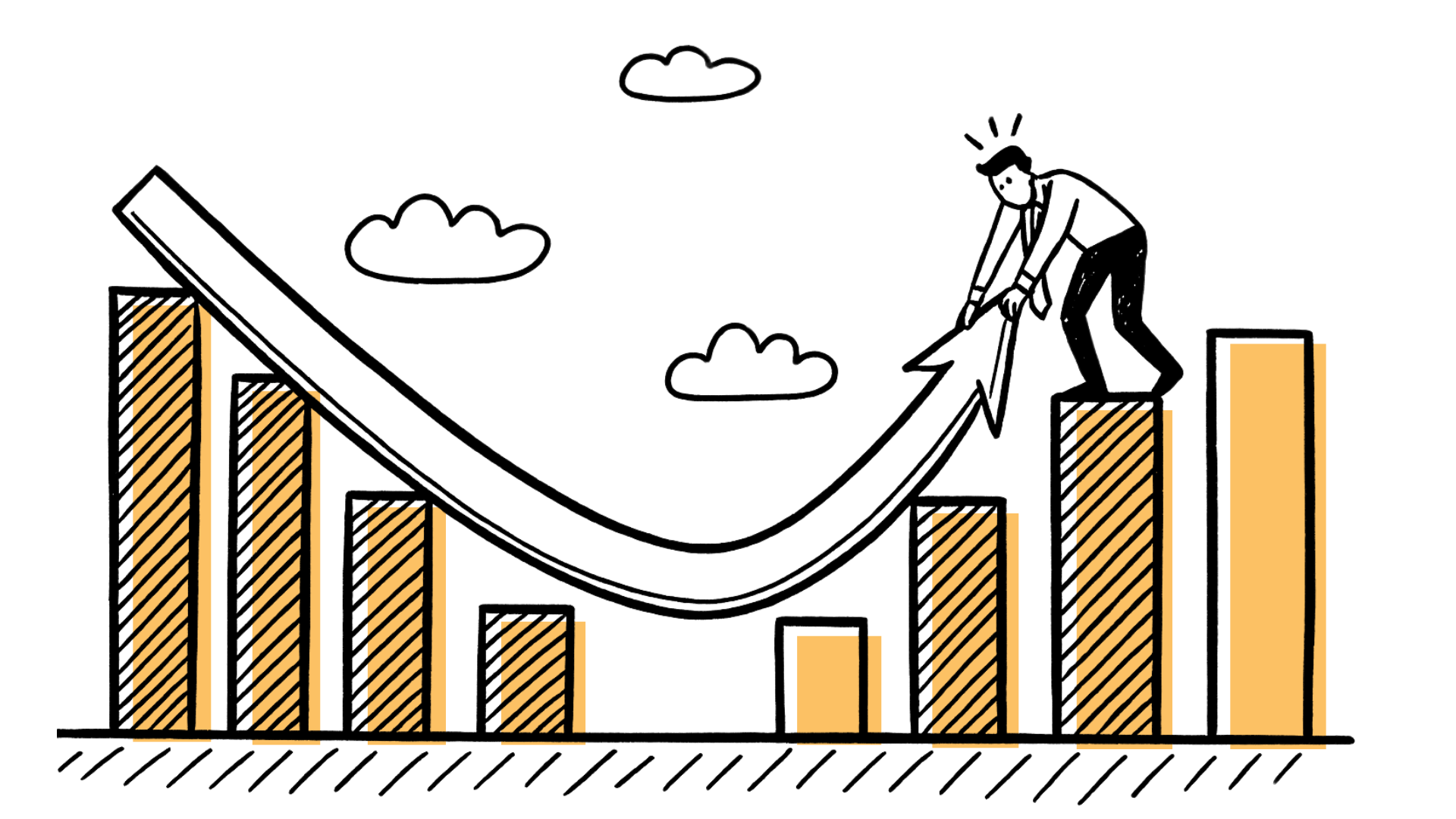
Hedging is all about capital protection. In trading, it’s a risk management strategy where you offset potential losses in an existing investment by taking an opposing position in a related asset. Think of it as insurance for your investments. If your original position drops in value, the hedge is designed to rise and help cover the loss. Both companies and investors use derivatives as key tools in these hedging strategies to minimize risk.
For instance, a coffee shop chain wants to protect itself from rising coffee bean prices. It uses derivatives to hedge. If prices go up, the derivative pays out, covering the extra cost. If prices stay the same or drop, they just pay a small cost for the protection similar to insurance. It’s like booking a hotel months in advance for a concert. Even if prices don’t spike later, you’ve locked in peace of mind.
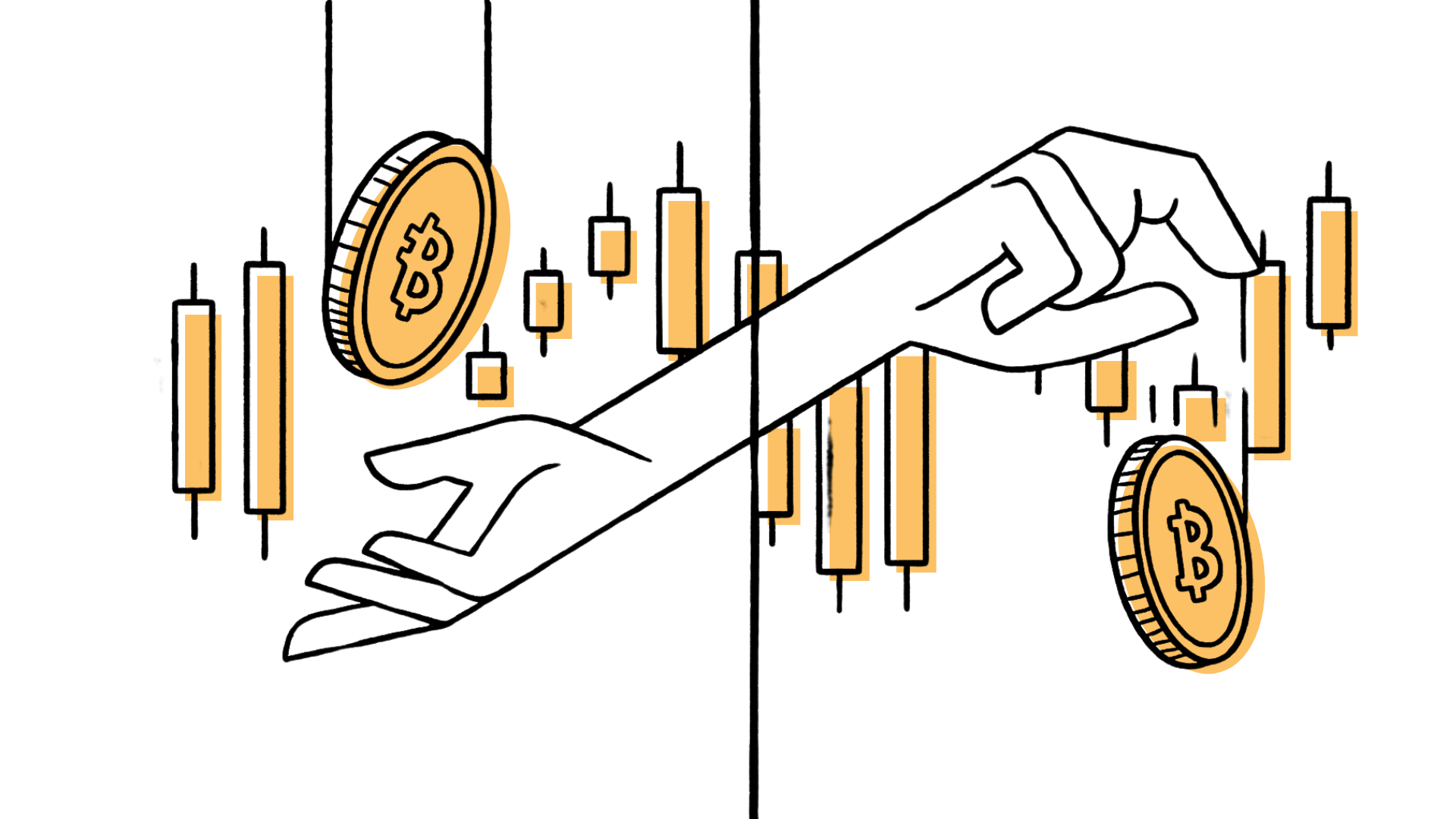
Arbitrage is about taking advantage of price differences in different markets. Traders use derivatives to buy low in one market and sell high in another.
Suppose gold is selling for $1,900 in New York and $1,910 in London. A trader buys gold in New York and simultaneously sells it in London through derivative contracts to profit from the $10 difference. It’s like spotting a rare Pokémon card for $80 in one shop and selling it for $100 in another. In efficient markets, these opportunities are short-lived, but they can be profitable if acted on quickly.
.png)
Derivatives come in many forms. Here are the most common types:
A futures contract is an agreement to buy or sell an asset at a predetermined price on a specific future date. Regardless of how the market price moves, the agreed-upon price is honored by both the buyer and the seller. Futures contracts help sellers secure more income and allow buyers to lock in costs. They are traded with standardized contracts on organized exchanges (who act as the counterparty). Futures offer high liquidity and lower risk since exchanges ensure both parties fulfill their obligations.
For instance, consider a wheat farmer who agrees to sell 1,000 bushels of wheat at $6 per bushel, three months from now. Even if the market price rises to $7 or falls to $5 per bushel by the future date, both parties must stick to the $6 price. This certainly helps both the farmer and the buyer manage risk.
Forward contracts are similar to futures contracts but are privately negotiated and more customizable. They still involve buying or selling an asset at a specific price on a future date, but unlike standardized exchange-traded contracts, they are typically arranged over-the-counter (OTC). This allows both buyer and seller to customize the terms and settlement details to suit their specific needs.
For example, a car company in Japan makes a deal with a US steel provider to buy 1,000 tons of steel for $500 per ton in six months. This off-exchange agreement is tailored to both parties.
However, forward contracts carry greater risks because they are not standardized. One key risk is counterparty default–if either party fails to uphold their side of the contract, the other party may lose money.
Options contracts (Options) are financial instruments that give the holder the right, but not the obligation, to buy or sell an asset at a set price before a specified expiration date. There are two main types of options: call options and put options. A call option gives you the right to buy the asset, typically used when you expect prices to rise. A put option, on the other hand, gives you the right to sell the asset, often used when you expect prices to drop. Options are useful for both speculation and hedging, offering a way to participate in market movements with limited downside.
Let’s say you think Tesla’s stock, currently at $100, will rise in the next month. You buy a call option that gives you the right to buy Tesla at $105 within 30 days. Let’s say you pay a $3 small fee upfront called the premium.
A put option works exactly the same way but just in the opposite direction. For example, you own Apple stock,currently priced at $100, and fear it might drop. Here, you could buy a put option that gives you the right to sell Apple at $95 within 30 days,paying a $3 premium .
Think of options like reserving the right to buy a rare trading card at today’s price, even though you’ll decide later whether to follow through. You pay a small fee to hold that opportunity.If the card’s value rises, you profit. If not, your maximum loss is just the reservation fee. Options offer leveraged potential gains with limited risk. Though, they also require a good sense of timing and direction to be profitable.
Swaps are more advanced derivatives, mostly used by institutions rather than individual investors. A swap is an agreement between two parties to exchange sets of cash flows or financial obligations over time. Swaps don’t involve buying or selling assets; instead, they adjust payment terms to manage risks, especially related to interest rates, currency values, or borrowing costs.
A common type of swap is the interest rate swap, where two parties exchange interest payment streams, typically fixed or floating (changing), or vice versa. For example, Company A has a loan with a fixed 5% interest rate, while Company B has a floating loan interest rate currently at 4%. If Company B expects rates to rise and Company A expects them to fall, they can agree to swap their interest payments. Company A will now pay floating, and Company B will pay fixed. Each company continues repaying its own lender, but their effective payments change based on the swap agreement. This strategy allows them to manage interest rate risks without refinancing their existing loans.
Another type is a currency swap, where companies in different countries exchange principal and interest payments in different currencies to manage exchange rate risk. For instance, a U.S. company may need to make payments in Japanese yen, while a Japanese company owes money in U.S. dollars. Rather than converting currencies and facing exchange rate fluctuations and fees, they can agree to swap their loan obligations. Each company continues paying in its own currency, but the payments are structured to meet the other party’s needs. This arrangement helps both companies stabilize costs and reduce exposure to currency volatility.
Swaps allow companies to adapt payments to their future expectations. It's like trading bills with your friend who has better luck predicting electricity usage!
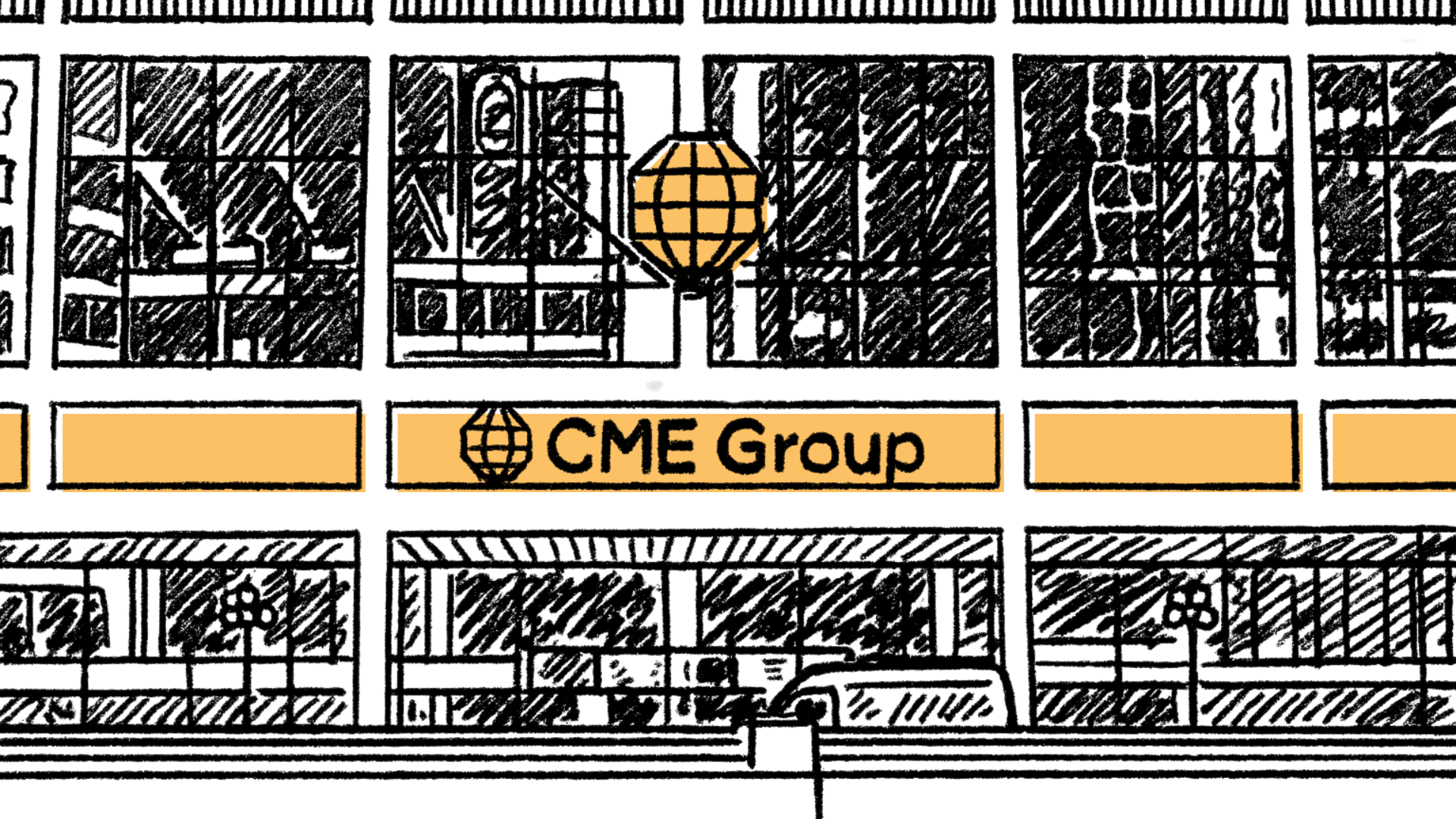
Now that we understand what derivatives are, you might be wondering, where are they actually traded? Let’s look at a few giants in the world of traditional finance:
These platforms provide regulated environments, price transparency, and standardized contracts, making it easier and safer for participants to trade and scale. Look them up and see how they work!
Trading derivatives is a bit like driving a race car. It can get you to your destination fast, but it comes with serious risk if you’re not careful. Here are the must-know terms to make the processes easier:
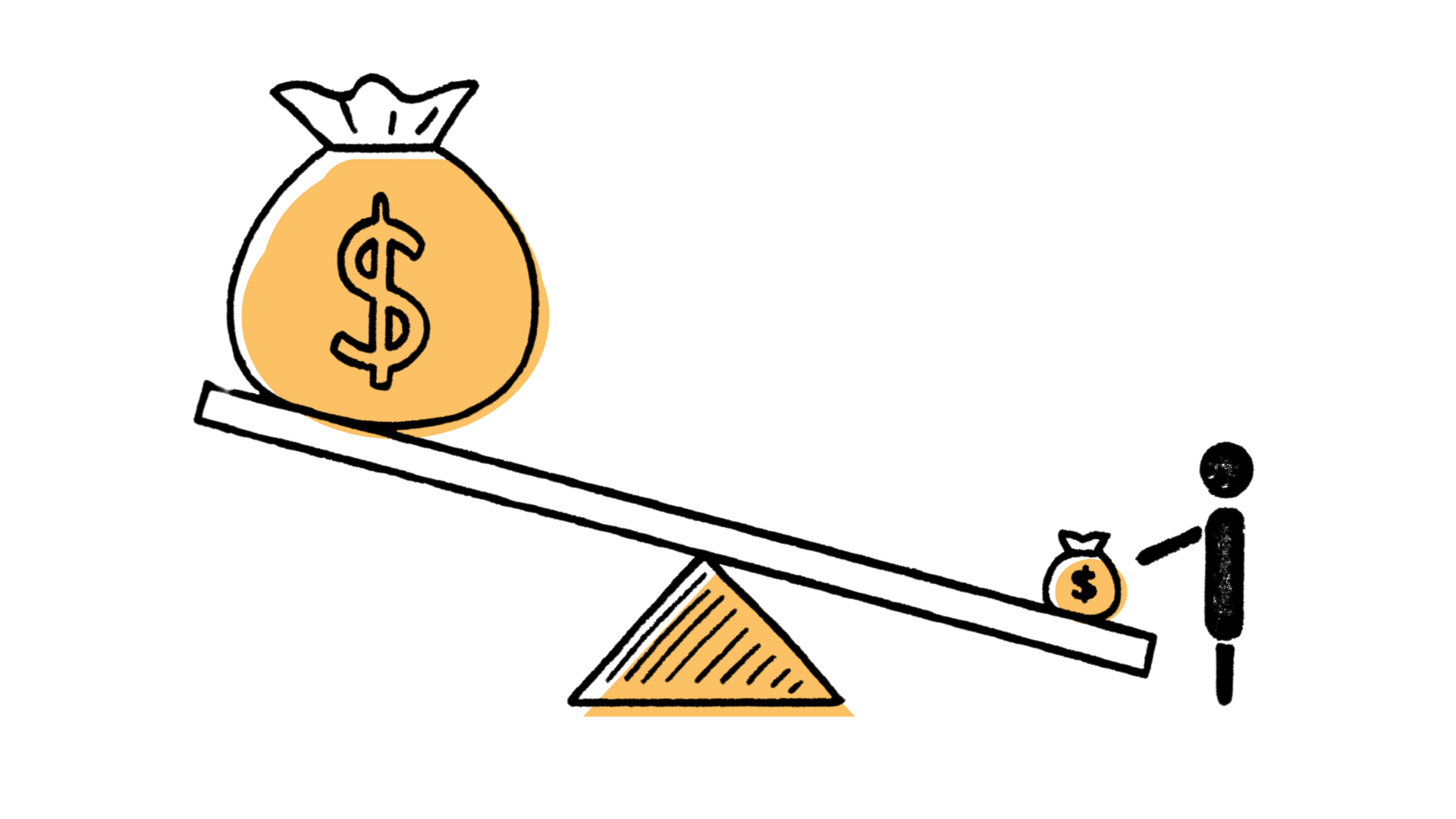
Leverage
Leverage refers to using borrowed funds to increase the size of your trading position. It can significantly amplify your gains, but it also magnifies your losses.
Let’s say a trader thinks a stock priced at $100 will go up. With $1,000, they could buy 10 shares. But using 10x leverage, they can control 100 shares. If the price rises to $110, the leveraged trader earns $1,000 in profit (100 shares × $10). Without leverage, that same move would only earn $100.
However, if the stock drops to $90, the leveraged trader loses the full $1,000.It’s like using a giant magnifying glass: profits look bigger, but so do risks!

Margin
In derivatives trading, margin is the amount of capital required to open and maintain a leveraged position.
It's only a fraction of the full trade size, often between 5 and 20%. This allows traders to control larger positions with less capital.
For example, with 10x leverage, a trader can control a $10,000 position with just $1,000 in margin. However, if the trade moves against them, even small price swings can wipe out the entire margin, resulting in an automatic closure of the position (a process called liquidation).
Proper margin management is critical, especially when using high leverage.
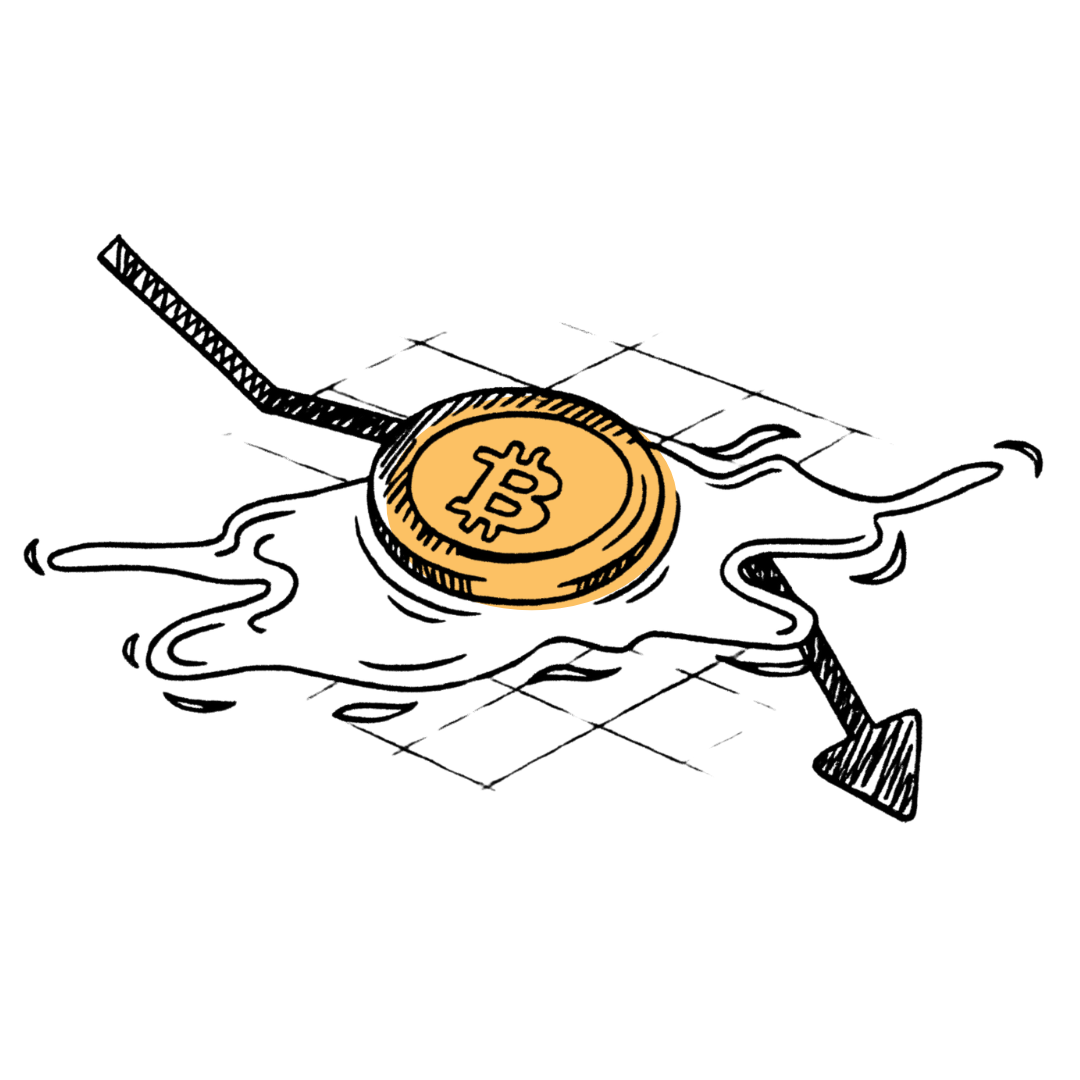
Liquidation
Liquidation happens when your losses exceed the value of your margin, and the exchange forcefully closes your position to prevent further loss. This happens most frequently in high-leverage trades. The higher the leverage, the smaller the price movement required to trigger liquidation. For example, with 10x leverage, a 10% drop against your position is enough to wipe out your entire margin. Once liquidation is triggered, not only do you lose your position, but in some cases,especially in volatile markets, slippage and fees can sometimes cause losses beyond your initial margin.
Liquidation is a hard stop. It's not just losing a trade, it’s losing your entire position. That’s why proper risk management is essential. Always set stop-losses, manage your position size, and treat leverage with respect. Many beginner traders misuse leverage and face frequent liquidations. Avoiding liquidation should be a top priority for any derivative trader!
Now that you’ve got your derivatives basics down, it’s time to take the leap into the next level and see how they work with crypto!
.png)
.png)
.png)